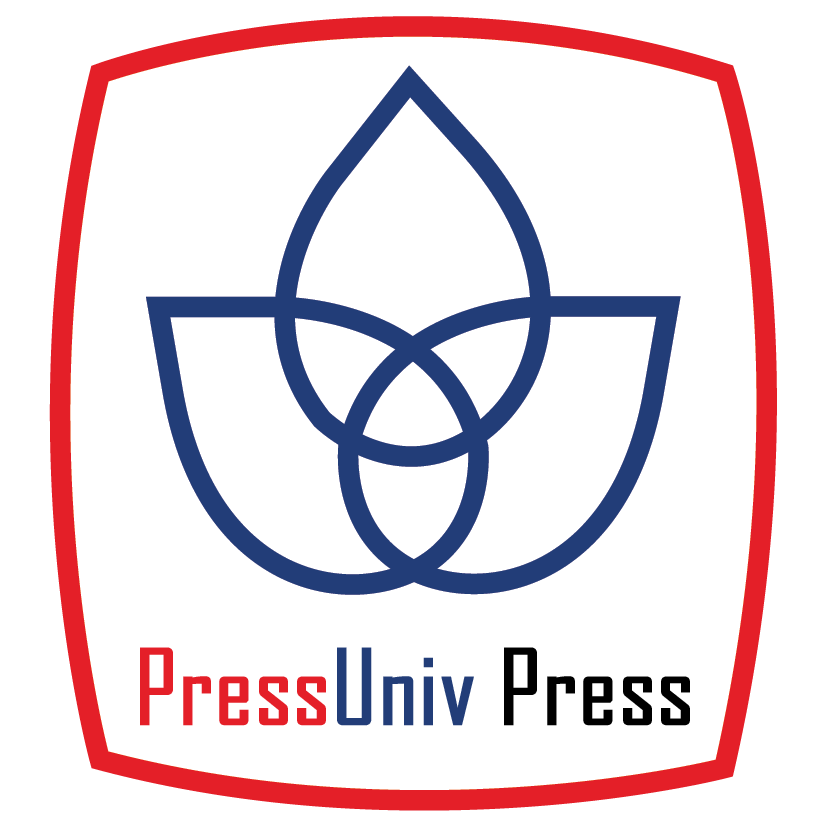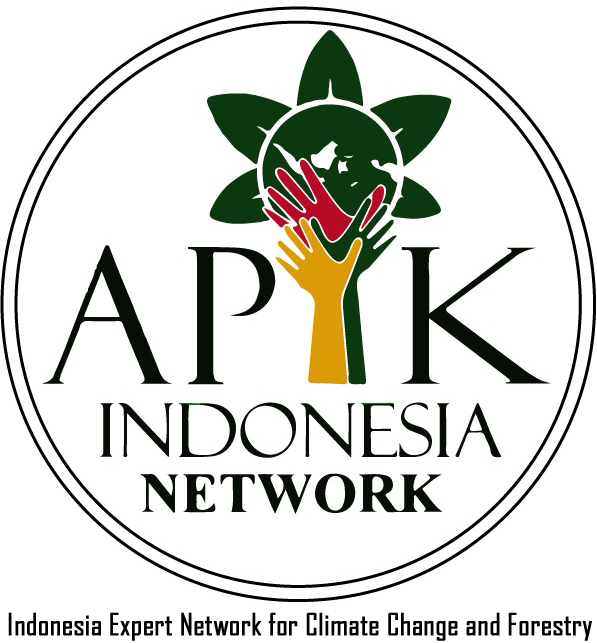The Analysis of pH Performance for Equalization Detention Time Design Case Study : WWTP2 PT. Jababeka Infrastruktur
Abstract
Abstract. PT. Jababeka Infrastruktur is a subsidiary company of PT. Jababeka Tbk., as estate manager. One of the PT. Jababeka Infrastruktur duty is manage Wastewater Treatment Plant 2 (WWTP2). The most of incoming wastewater in WWTP2 PT. Jababeka Infrastruktur is came from food industries, whereas has potential degradable to fatty acid and caused the pH tend to be low and fluctuates. pH is one of the important parameters, especially in biological wastewater treatment system as applied in WWTP2. pH value can affect the microorganism performance in decompose the pollutant compound in wastewater. pH control action is needed to make the treatment run better. Objectives: To know the primary settling tank (PST) with ̴3 hours detention time performance in equalizing wastewater pH. To develop the new equalization tank, it was provide an analysis the pH inlet performance by measuring pH of wastewater. Method and results: Statistical analysis of secondary data by comparing standard deviation value of wastewater before and after accommodated in PST also paired sample t-Test to see the performance of PST in equalizing of pH. Besides that, taken and measuring inlet wastewater pH in every one hour also adding to the previous wastewater inlet sample to determine the optimum wastewater detention time in terms of pH. Conclusion: PST was significant unit process that can be equalize the pH value. The observation of pH characteristic pattern by time showed that the optimum equalization time was 1-2 hours. This result can be as reference to more utilize of the existing PST.
Full Text:
PDFDOI: http://dx.doi.org/10.33021/jenv.v5i1.988
Copyright (c) 2020 Rizka Dwi Apriliani

This work is licensed under a Creative Commons Attribution-ShareAlike 4.0 International License.
Journal of Environmental Engineering and Waste Management Published by PresUniv Press, in collaboration with IESA and APIK Indonesia Network




